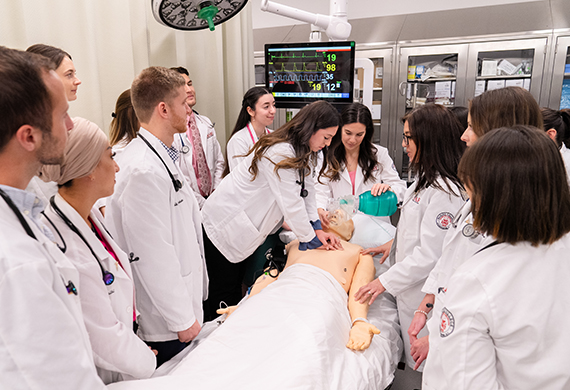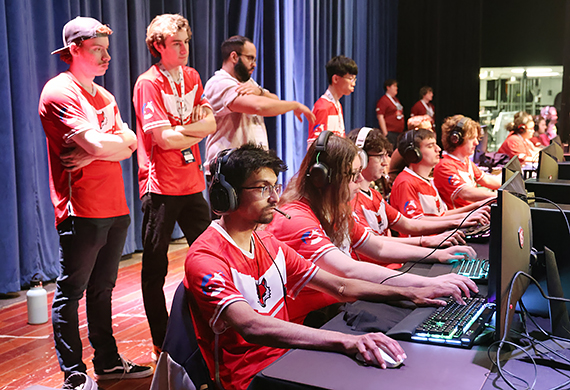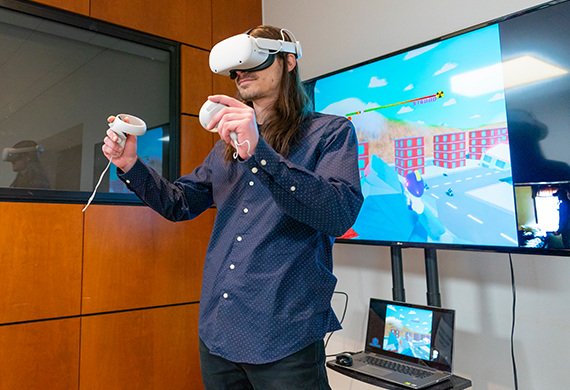New Report From Marist Documents Income Inequality in the Hudson Valley
March 13, 2018 — A new report from the Marist Bureau of Economic Research sheds light on income inequality in the Hudson Valley.
The report, “Income Tax Analysis 2015 Hudson Valley” draws on data from the Internal Revenue Service and features county level detail. Regionally, households reporting an adjusted gross income (AGI) of $75,000 or higher accounted for 35 percent of all income tax returns filed, but a staggering 82 percent of all AGI reported.
The region largely mirrors national trends. Within New York State two Hudson Valley counties, Westchester and Rockland, are in the top five for income inequality. “There are many reasons for this,” noted Christy Huebner Caridi, Director of the Marist Bureau of Economic Research. “A portion of the population living in those counties is highly educated and has access to employment in high-paying industries, such as financial services, technology, media, and C-suite positions.”
Caridi pointed out other areas of concern. “Households earning less than $75,000 per year are more apt to be dependent on government services, especially in retirement,” she said. “These households report very little unearned income, which is an indication that their savings is relatively low. The ability to save is highly dependent on earned income. The lower a household’s earned income, the lower the ability to save; the ability to earn capital income is diminished as a direct consequence.”
Other key findings:
-Income inequality is evident across all income categories, including but not limited to wages and salaries, taxable interest, dividends and capital gains.
-In 2015, Hudson Valley households reporting adjusted gross income (AGI) of $75,000 and above accounted for 82.91 percent of all AGI reported, earning on average $8.83 of AGI for every one dollar reported in the below-$75,000 category. Within the region, Westchester County was the most unequal, followed by Rockland and Putnam counties.
-Statewide, the $75,000-and-above category earned $8.24 in AGI in for every one dollar reported in the below-$75,000 category.
-Income inequality is evident across all income categories, including but not limited to wages and salaries, taxable interest, dividends and capital gains.
-New York State counties with the greatest wage and salary inequality — ranked from one through five — are New York, Westchester, Nassau, Rockland, and Suffolk. The counties that have the most equal distribution of wage and salary income are Hamilton, Yates, Lewis, Wyoming, and Orleans.
-The growing discrepancy in the distribution of wage and salary income has greatly impacted the ability of households in the below-$75,000 category to earn capital income.
**The full report can be accessed here.**
About the Marist Bureau of Economic Research
Housed within the Marist School of Management, the Bureau of Economic Research typically releases five reports each year regarding different aspects of the Hudson Valley economy, including household income, income tax analysis, commutation patterns of workers, migration, and overall employment and wages. All reports are available on the Bureau’s website, **marist.edu/management/bureau/**
About Marist
Located on the banks of the historic Hudson River and at its Florence, Italy campus, Marist College is a comprehensive, independent institution grounded in the liberal arts. Its mission is to “help students develop the intellect, character, and skills required for enlightened, ethical, and productive lives in the global community of the 21st century.” Marist is consistently recognized for excellence by The Princeton Review (Colleges That Create Futures and The Best 381 Colleges), U.S. News & World Report (9th Best Regional University/North), Kiplinger’s Personal Finance (“Best College Values”), and others. Though now independent, Marist remains committed to the ideals handed down from its founders, the Marist Brothers: excellence in education, a sense of community, and a commitment to service. Marist educates approximately 5,000 traditional-age undergraduate students and 1,400 adult and graduate students in 47 undergraduate majors and 15 graduate programs, including fully online MBA, MPA, MS, and MA degrees.



